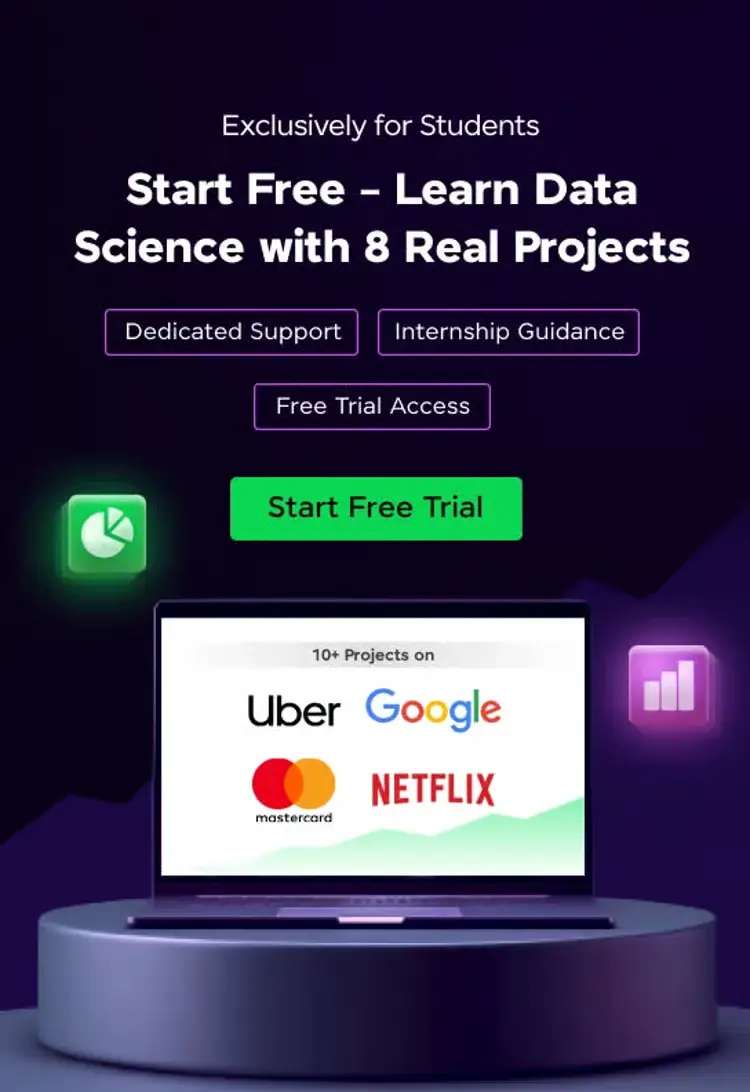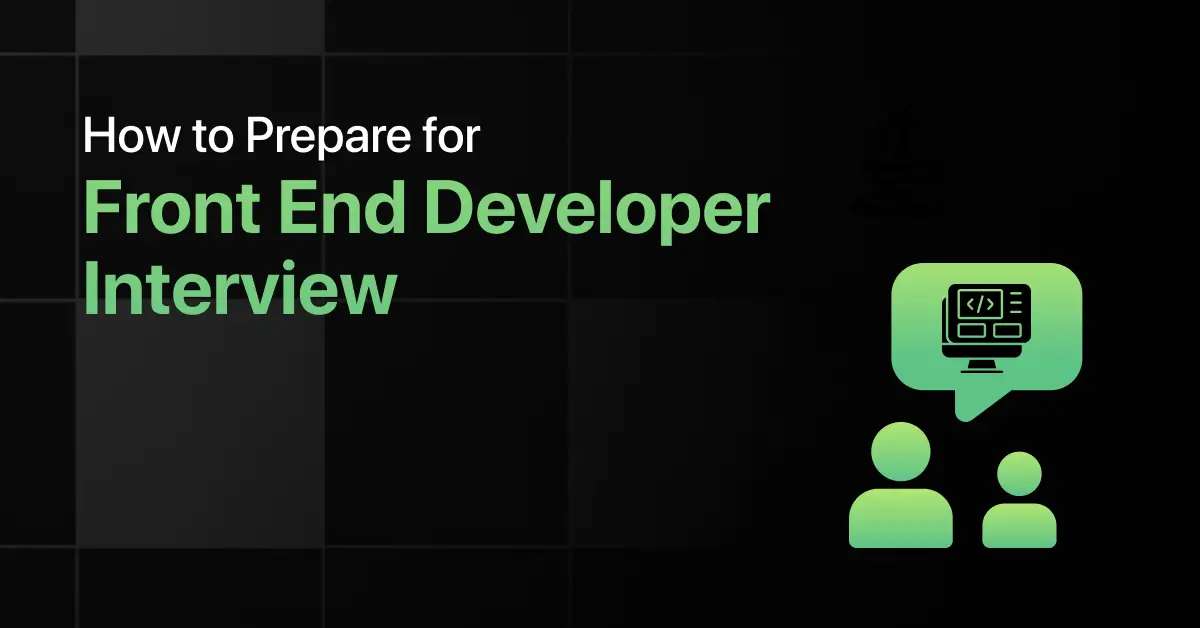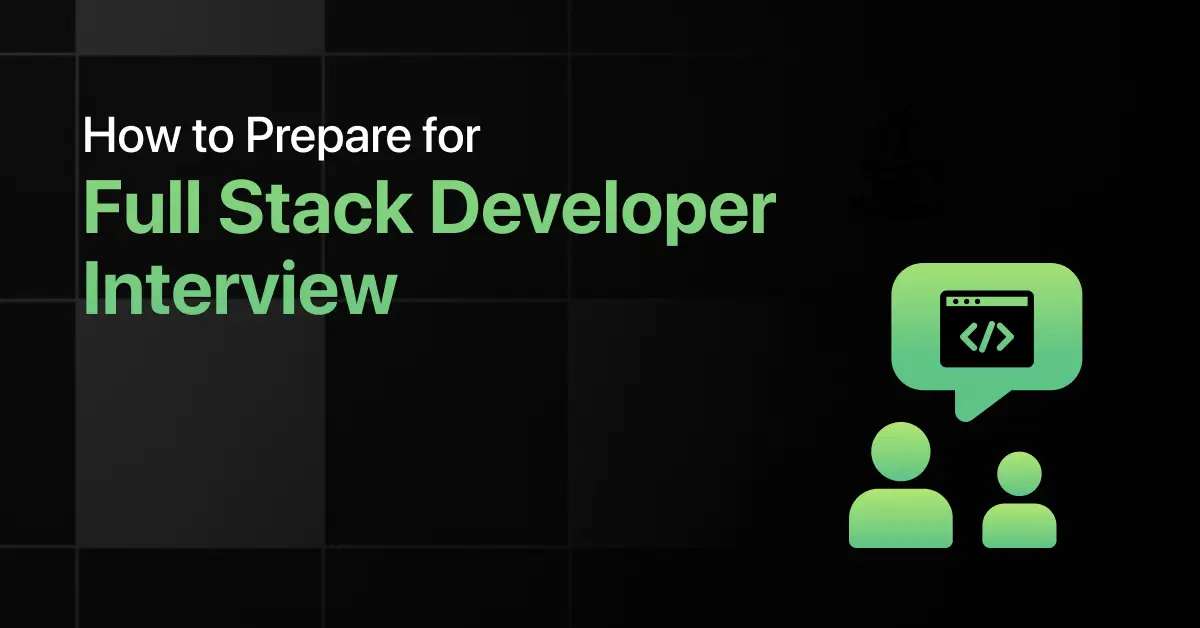Best Resources to Learn Golang
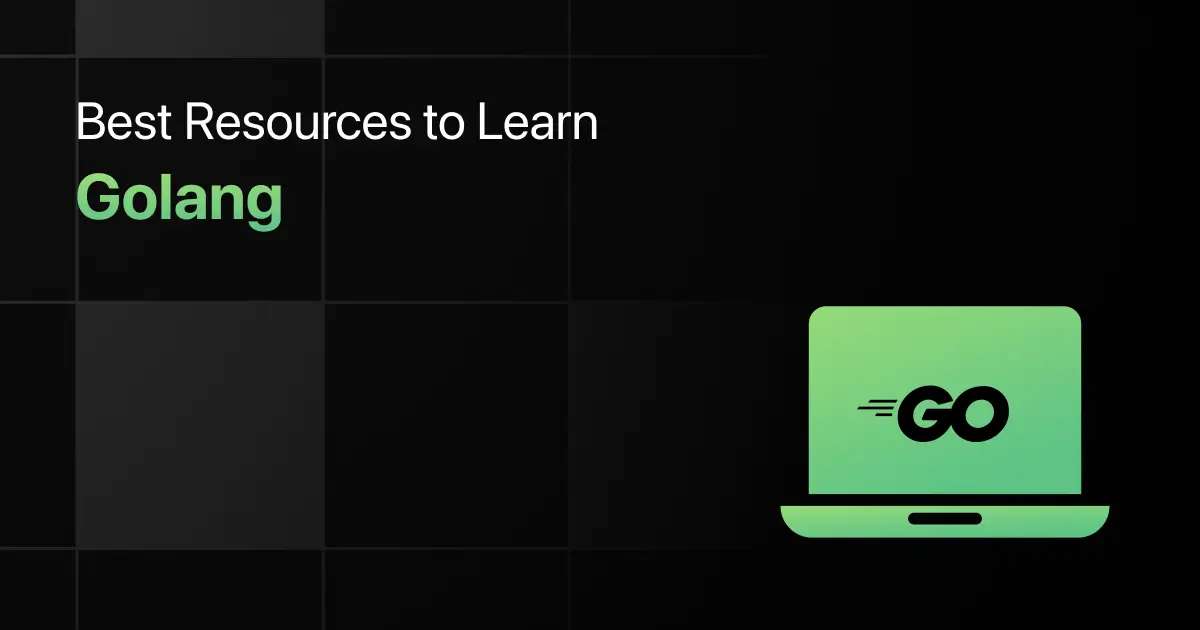
Go, also known as Golang, is a statically typed, compiled language developed by Google. It is known for its simplicity, speed, and efficient concurrency handling, making it a top choice for scalable web services, cloud computing, and backend APIs.
In 2025, learning Go is an excellent choice for those interested in high-performance systems, microservices, DevOps, or cloud-native development. This article outlines the best resources to help you learn Go step by step so you can build real-world applications and prepare for in-demand backend roles.
A Quick Overview of Golang
| Popular Use Cases | Go is used in microservices, web APIs, cloud infrastructure tools, concurrent systems, and command-line applications. |
| Learning Curve | Go has a relatively gentle learning curve due to its minimal syntax, but requires practice with concurrency and strict typing. |
| Demand in India | Go is gaining popularity in startups, cloud service providers, and backend product companies across India. |
| Job Roles | Roles include Go Developer, Backend Engineer, Cloud Engineer, DevOps Engineer, and System Programmer. |
| Salary Range | Entry-level Go developers earn ₹5–7 LPA, while experienced professionals can earn ₹12–25 LPA based on project domain. |
| Top Companies Hiring | Top recruiters include Razorpay, Google, Gojek, Freshworks, Hasura, and cloud-native startups across India. |
Key Concepts to Learn in Golang
To learn Go effectively, focus on the following foundational topics and features that make it ideal for backend and cloud-based systems:
- Syntax and Variables : Understand how to declare variables, constants, and use short declarations.
- Data Types and Control Flow : Learn about primitive types, arrays, slices, and control flow using if, for, and switch.
- Functions and Error Handling : Write reusable functions and handle errors explicitly using Go’s built-in error type.
- Structs and Methods : Define and use custom data structures and attach methods to them for clean object-like behavior.
- Pointers and Memory Management : Work with pointers and understand how Go handles memory allocation automatically.
- Packages and Imports : Organize code into reusable modules and manage dependencies effectively.
- Concurrency with Goroutines : Use goroutines and channels to write concurrent programs in a simple and efficient way.
- File Handling and I/O : Read and write data using Go’s file and input/output packages.
- Interfaces : Learn how Go implements polymorphism and decouples logic using interfaces.
- Go Modules and Testing : Manage dependencies with Go modules and write unit tests using the built-in testing package.
Best Online Resources to Master Golang
Go is best learned by starting with its basic syntax and control structures, then progressing to structs, interfaces, and concurrency. Once the fundamentals are in place, you can move into file handling, modules, and building RESTful services or CLI tools.
The resources listed below are arranged in the correct sequence to help you gain practical skills and become job-ready with Go.
Getting Started
If you are beginning your journey with Go, the best way to start is by watching beginner-friendly tutorials and following free structured courses.
1. YouTube Channels
YouTube tutorials offer an accessible way to learn the basics of Golang. These videos explain key concepts like syntax, functions, and packages through simple examples, making it easier to understand how Go works in practice.
Learning Outcomes:
- Understand Go syntax and standard patterns
- Learn how to write and execute basic programs
- Follow along with real examples and walkthroughs
- Get familiar with common beginner mistakes and how to fix them
Mode of Learning: Online and self-paced
2. Free Courses
Free Go courses offer structured lessons that guide you through the language step by step. These courses are ideal for learners who want to build strong programming fundamentals using Go as their core language.
Learning Outcomes:
- Build a clear foundation in Go programming
- Practice coding through assignments and quizzes
- Understand Go’s standard library and usage
- Develop comfort with error handling and basic concurrency
Mode of Learning: Online
Hands-On Practice
Once you understand the basics, applying your knowledge through exercises and practice questions helps reinforce learning.
1. Coding Exercises
Solving real coding problems using Go allows you to improve syntax understanding and logic building. These exercises often focus on strings, arrays, maps, and file handling to help you get comfortable with Go’s structure.
Learning Outcomes:
- Strengthen understanding of Go syntax through practice
- Improve logical thinking with real-world problems
- Learn efficient approaches to solve tasks using Go
- Prepare for coding rounds in interviews
Mode of Learning: Online
2. Programming MCQs
Multiple choice questions help test your knowledge of core Go topics like types, functions, structs, and concurrency. These are useful for self-assessment and quick concept revision.
Learning Outcomes:
- Identify areas where you need more clarity
- Test understanding of Go features and usage
- Prepare for written assessments and quizzes
- Reinforce learning through quick review
Mode of Learning: Online
3. Paid Courses
Paid courses offer comprehensive content along with guided mentorship, projects, and structured curriculum. They are suited for learners who want to progress from beginner to job-ready in a systematic way.
Learning Outcomes:
- Learn Go with project-based lessons and deep coverage
- Understand advanced topics like channels and goroutines
- Build end-to-end applications using Go
- Get support through mentor feedback and community learning
Mode of Learning: Online
Get Job-Ready
When you are confident with your fundamentals, focus on building projects and preparing for technical interviews using Go.
1. Mini Projects
Mini projects allow you to apply Go in practical scenarios such as creating APIs, CLI tools, or automation scripts. These help you learn how to manage code organization and write clean, modular programs.
Learning Outcomes:
- Apply Go to solve real-world problems
- Improve code structure and design thinking
- Understand how different Go features work together
- Strengthen your portfolio with practical examples
Mode of Learning: Online
2. Interview Questions
Practicing Go-specific interview questions helps you prepare for technical rounds that test your coding skills, language features, and ability to solve problems efficiently.
Learning Outcomes:
- Review frequently asked questions in Go interviews
- Improve problem-solving with Go syntax and idioms
- Prepare for both online assessments and in-person interviews
- Learn how to approach questions related to concurrency, struct usage, and functions
Mode of Learning: Online
Additional Resources
To supplement your learning, you can use additional resources that explain concepts in alternative formats or allow you to practice interactively.
1. GUVI Learning Hub
The hub provides a variety of short reads, practical examples, and technical explainers for Go learners. It’s a useful place to revisit concepts and explore different aspects of programming.
Learning Outcomes:
- Reinforce core concepts with bite-sized learning
- Access a wide range of technical topics
- Improve retention through summary-based learning
- Use it alongside coding practice for revision
Mode of Learning: Online
2. Codeacademy
Codecademy offers an interactive course where you can write Go code directly in your browser. It provides step-by-step lessons and explanations that make it easy to try and test concepts in real time.
Learning Outcomes:
- Learn Go syntax and logic interactively
- Complete challenges directly in the browser
- Gain hands-on experience with immediate feedback
- Follow a structured curriculum for beginner to intermediate levels
Mode of Learning: Online
Tips to Learn Golang Effectively
Master the Basics First: Start with Go’s simple syntax, variable declarations, and control flow. Use beginner tutorials that help you write clean and minimal code from day one.
Practice with Structs and Slices: Move on to practicing with slices, maps, and structs. These are core to handling data and writing scalable Go applications.
Learn Error Handling the Go Way: Understand how Go handles errors through explicit returns rather than exceptions. Use exercises that require you to manage multiple return values and handle failures gracefully.
Focus on Concurrency Early: Goroutines and channels are key features of Go. Start experimenting with basic concurrent programs once you understand functions and data flow.
Build CLI Tools or Microservices: Apply your learning by creating command-line applications or small REST APIs. These projects help combine Go modules, file handling, and interface usage in real-world scenarios.
Final Words
Go is a powerful yet minimalistic language that promotes clean, fast, and reliable development. It is especially well-suited for systems programming, backend services, and cloud-native tools.
With a step-by-step approach that includes basic syntax, concurrency, and modular programming, you can confidently build real applications and prepare for technical interviews in backend development. Keep your code clean, practice regularly, and explore how Go handles performance and simplicity together.
Frequently Asked Questions
1. Is Golang beginner-friendly for absolute newcomers?
Yes, Go is beginner-friendly due to its clean syntax, strict structure, and simple rules. It is designed to be easy to read and easy to learn.
2. What are the best resources to learn Golang for placement preparation?
The best resources include tutorials that focus on functions, structs, concurrency, hands-on exercises, and commonly asked Go interview questions.
3. Can I learn Golang on my own?
Yes, Go is well-documented and easy to learn independently. With tutorials, official documentation, and project-based practice, self-learning is very effective.
4. Can I learn Golang for free with reliable resources?
Absolutely. Many websites offer high-quality tutorials, exercises, and community support to help you learn Go without spending money.
5. Which websites offer hands-on Golang coding practice?
Websites like PlacementPreparation and GUVI provide coding tasks, quizzes, and mini-projects to help you practice Go in real-world contexts.
6. What can I expect in a Golang technical interview?
You can expect questions on data structures, functions, error handling, concurrency, and building simple REST APIs or CLI tools using Go.
7. How long will it take to learn Golang using these resources?
With consistent effort and practical coding, it typically takes six to eight weeks to become confident in Go and ready for entry-level backend roles.
Explore More Resources for
Related Posts
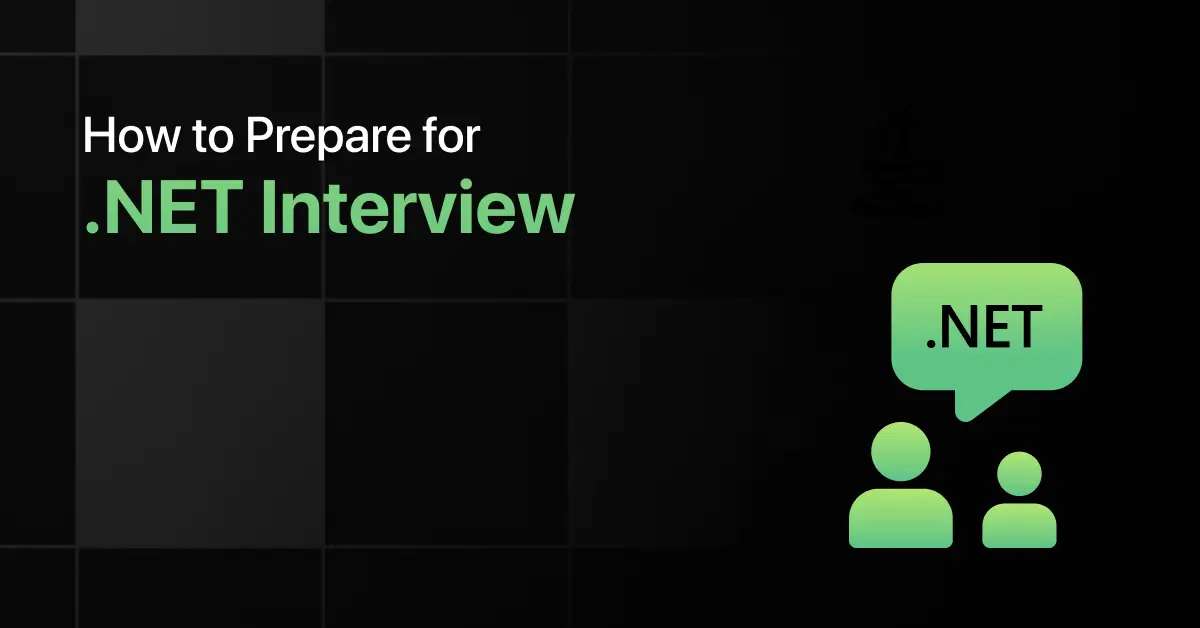

How to Prepare for .Net Interview
Are you preparing for a .NET interview but not sure which topics to prioritize? Many candidates struggle to balance C# fundamentals, …
Warning: Undefined variable $post_id in /var/www/wordpress/wp-content/themes/placementpreparation/template-parts/popup-zenlite.php on line 1050


